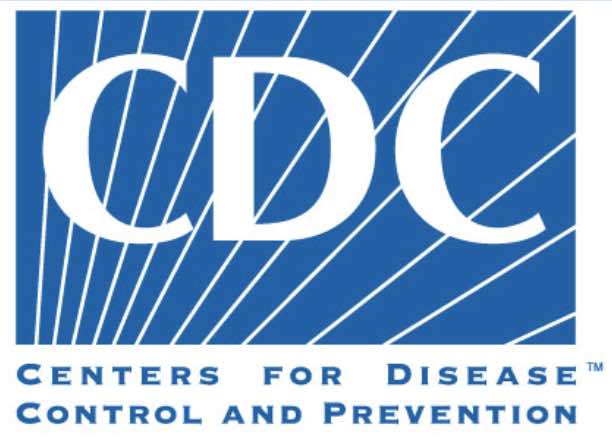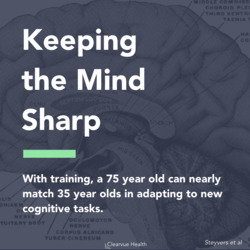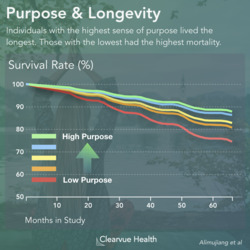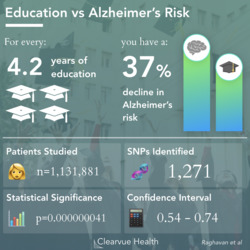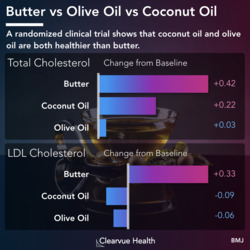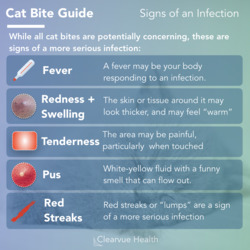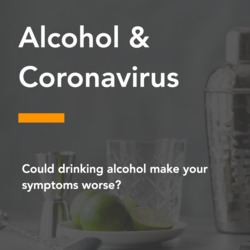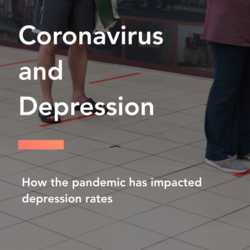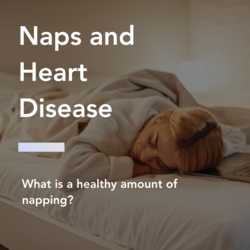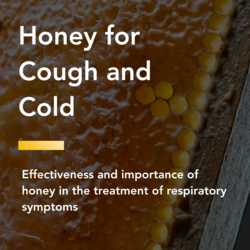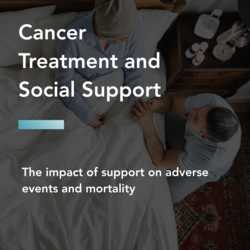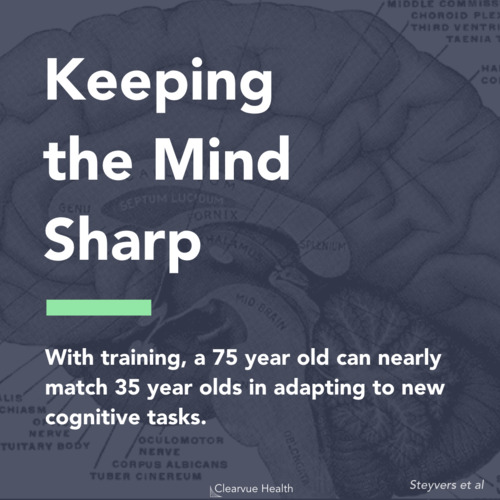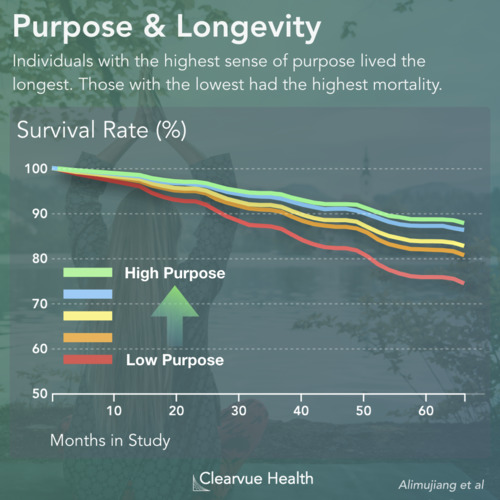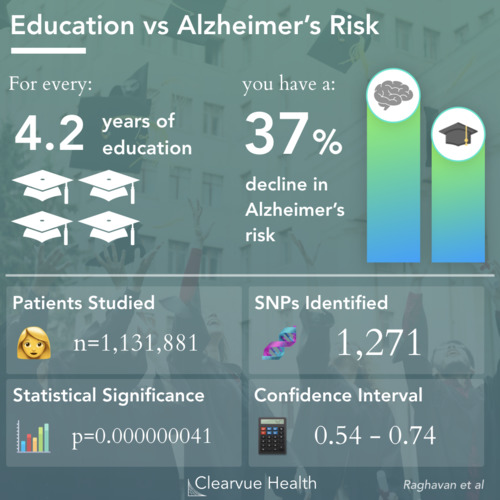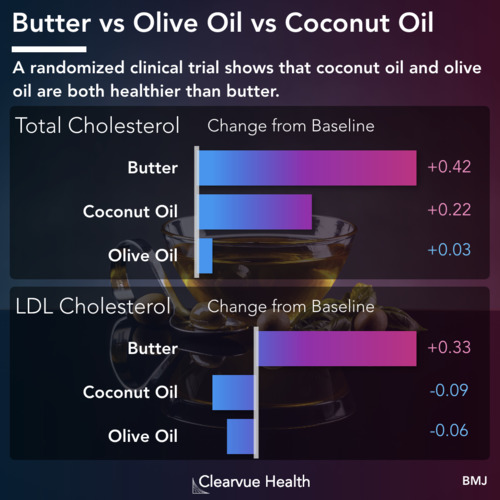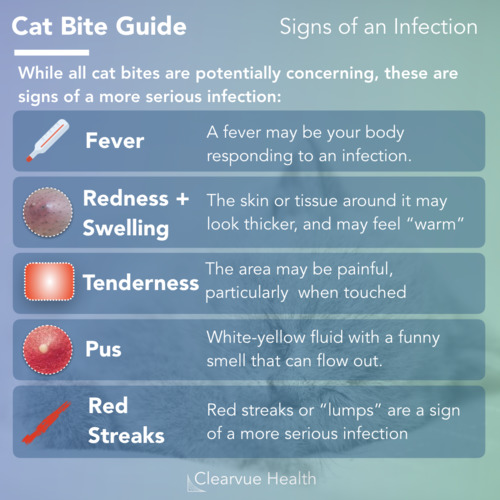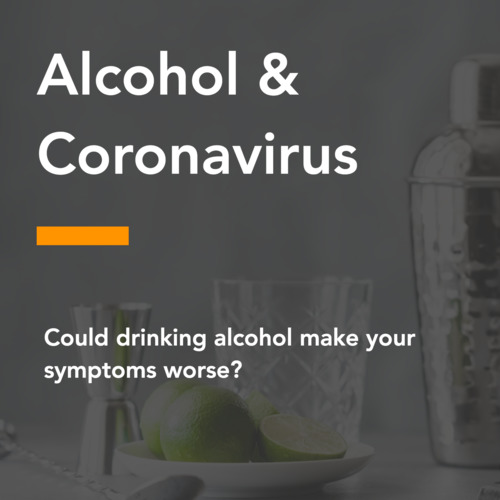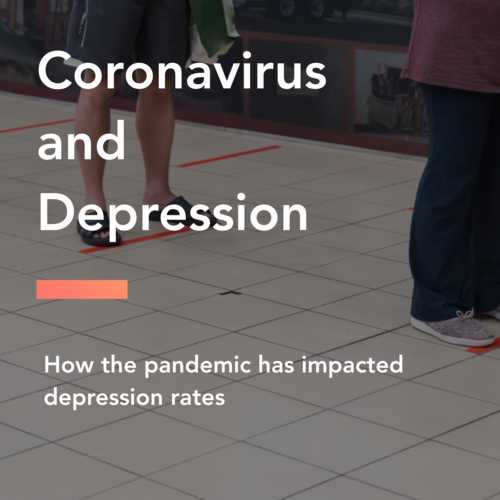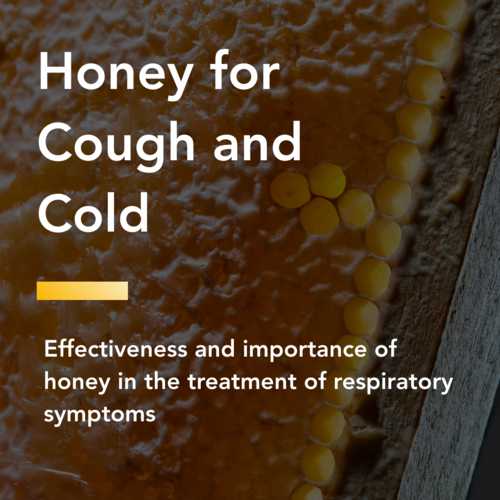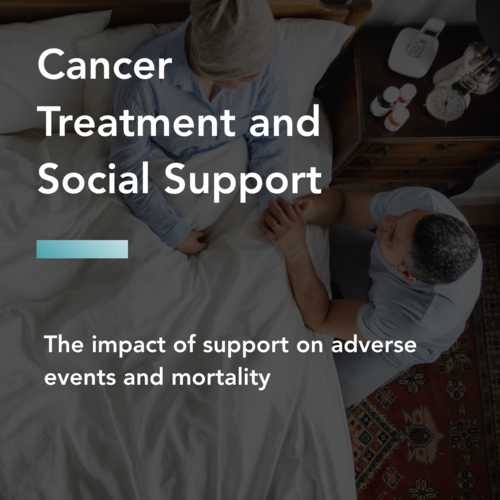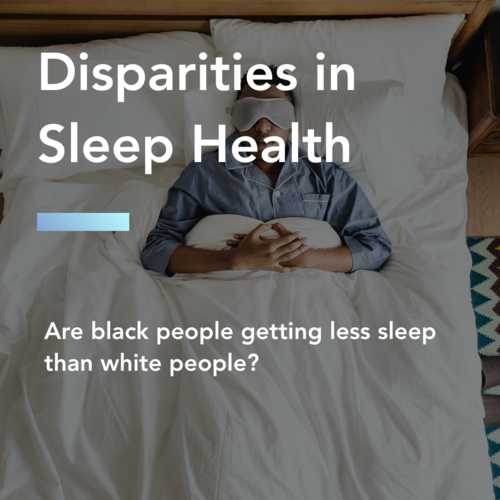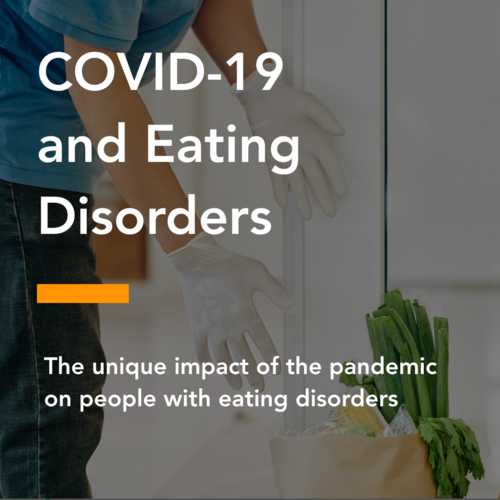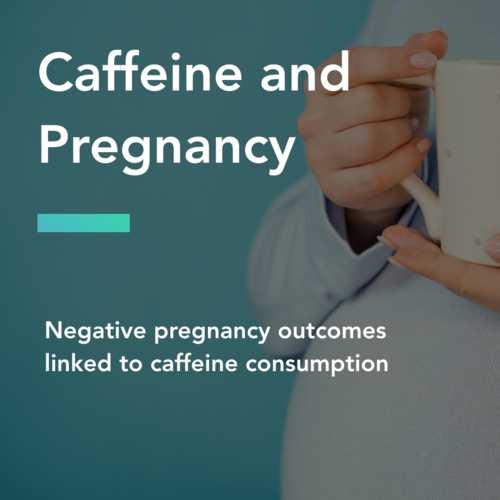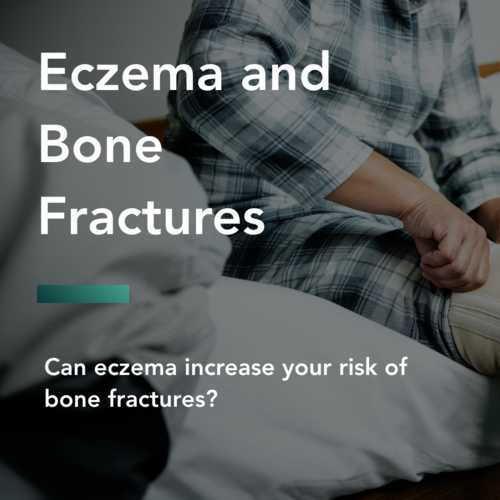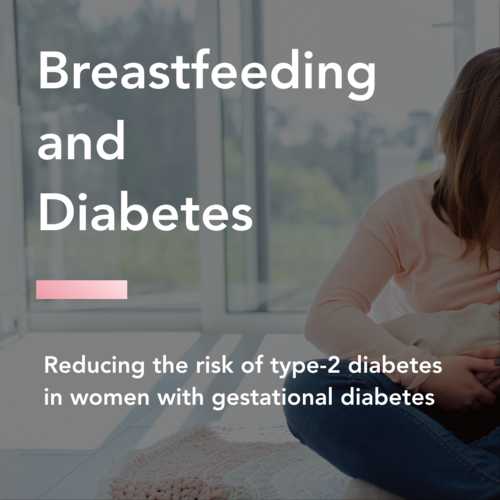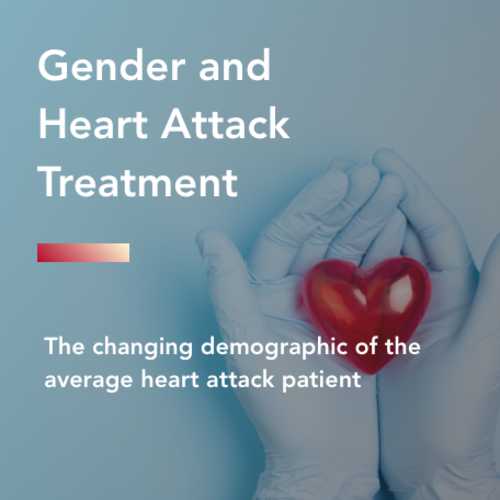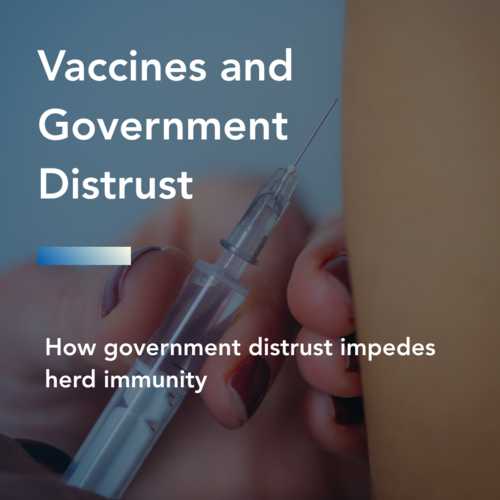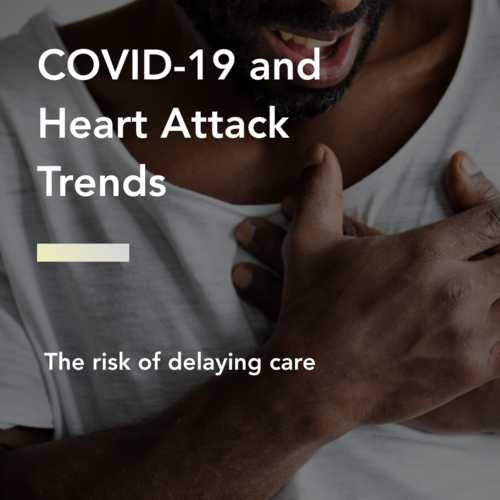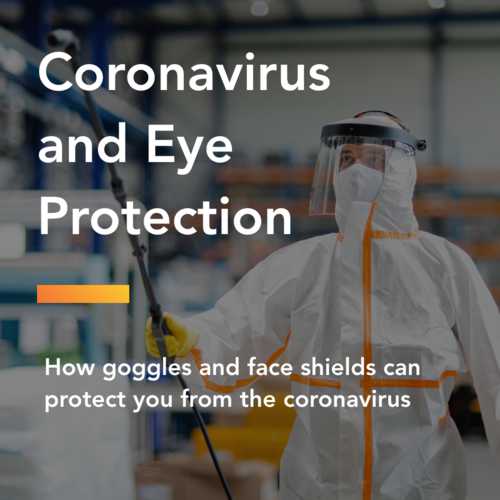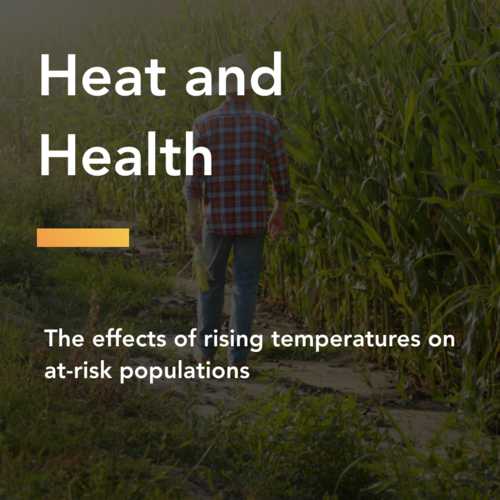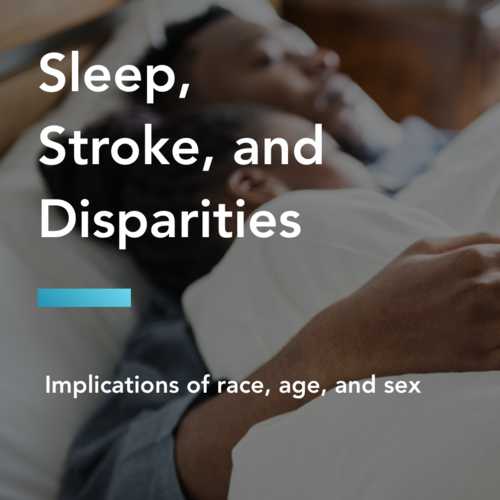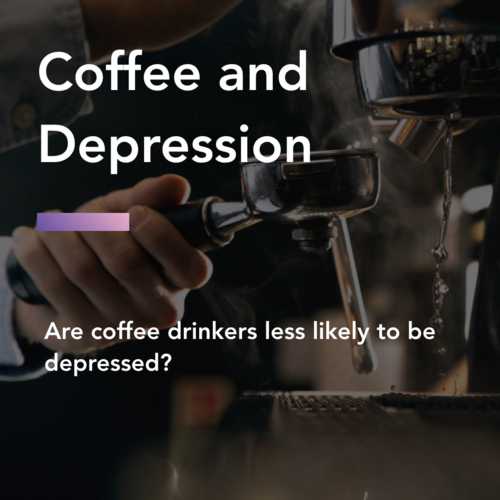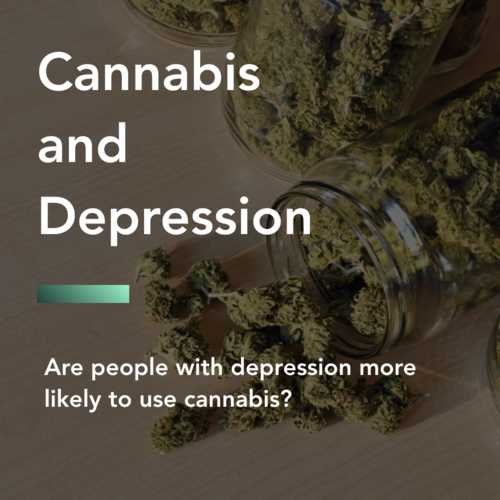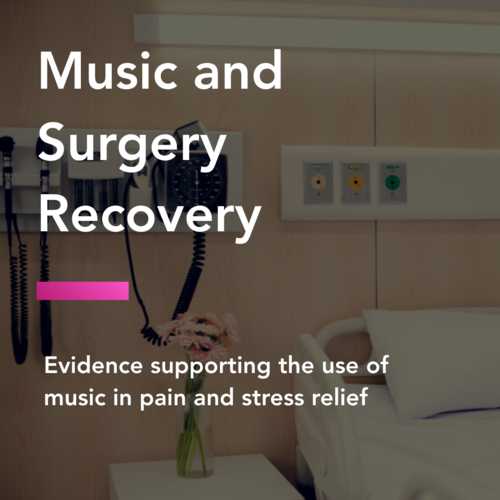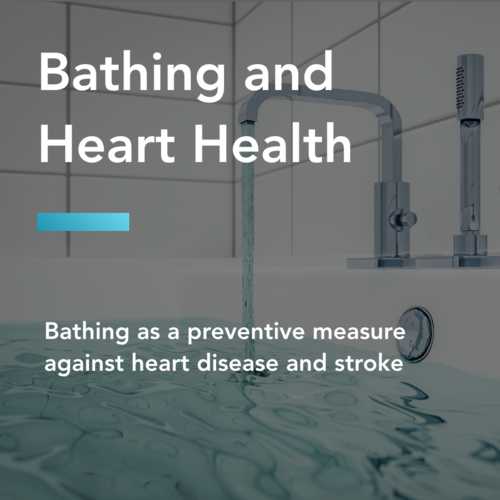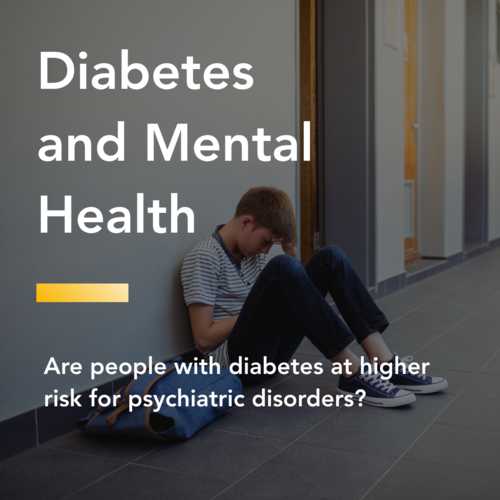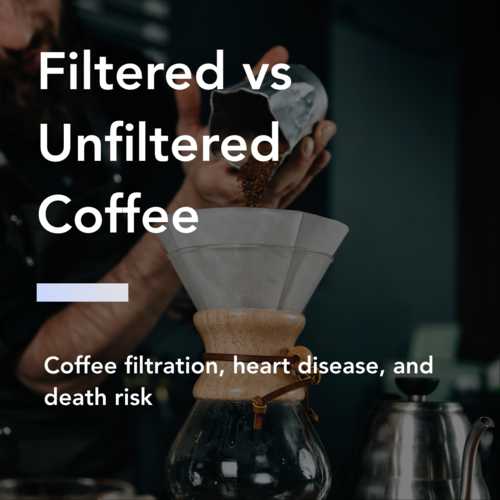Fall Mortality Trends

Figure 1: Fall Mortality Trends. Fall mortality for the elderly has nearly doubled since 2000. The mortality rate is slightly higher for men than for women. The data above represents age-adjusted mortality rates per 100,000 people. The data was obtained from the US National Vital Statistics System mortality files.
Falls are one of the leading causes of death for the elderly in the United States.
Kids fall all the time and they usually just fine. But for the elderly, even minor falls can be dangerous.
Frailty, challenges in healing, and loss of independence all contribute to a significantly lower survival rate for the elderly when it comes to falls.
Recently, it has become even more dangerous for the elderly in the United States. We are seeing more and more older folks dying from falls.
As shown in the chart above, fall mortality rates are increasing in the United States. They have nearly doubled since the year 2000. However, the reasons behind this increase are unclear.
Possible causes include the fact that we are living longer. Medical advancements have allowed people to live long lives with chronic illnesses. A longer life means greater odds of falling during that time.
It may also be possible that we are becoming more aware of falls. This data was obtained from death records. With increasing awareness of the dangers of falls, it’s possible that doctors are more likely to record a fall as a cause of death.
+
Strength of Findings - Researchers found very clear findings with strong statistical significance. These findings are relevant and important to clinical practice.
+
Sample Size - The study used a very large sample size covering the entire United States
-
Study Type - The researchers surveyed the data and adjusted for different variables. However, this method does not uncover reasons behind the increase in falls nor does it confirm that more falls are driving the higher mortality rates.
-
Potential for Bias - One key weakness of survey data is that your results are only as good as the data its' based on. In this case, we do not know whether the elderly are falling more, or whether we are simply better at recording falls.
Source: Mortality From Falls Among US Adults Aged 75 Years or Older, 2000-2016
Fall Mortality by Age

Figure 2: Fall Mortality by Age. Elderly individuals are far more likely to die from a fall at older ages. In 2016, Americans ages 75-79 had a 42.1/100,000 mortality rate from falls. Americans older than age 95 had a 630.8/100,000 mortality rate from falls.
Falls are much more dangerous for older individuals. Around 42/100,000 of 75-year-old Americans will die from falls. Meanwhile, 630/100,000 95-year-old Americans will die from falls. This is over 10x more.
This comes from a combination of individuals falling more and also have a harder time recovering from a fall.
Source: Mortality From Falls Among US Adults Aged 75 Years or Older, 2000-2016
Low Impact Fall Mortality

Figure 3: Low Impact Fall Mortality. In a study of 57,302 patients who had experienced a ground level fall, researchers estimate a mortality rate of 4.4% for the elderly. 10.6% experienced an intracranial injury from their fall. 78% will lose functional independence for at least a short period of time after their fall.
Ground level falls, such as tripping on carpets, can be dangerous for the elderly.
In one study of elderly individuals who presented to the emergency room after a fall, researchers found that 4.4% of individuals will pass away directly as a result of the fall. Around 10.6% will experience a serious head injury. Nearly 80% will not be independent by the time they leave the hospital,
Source: Ground level falls are associated with significant mortality in elderly patients.
Keys to Health
Falls sound routine, but for the elderly they are anything but. As we live longer, it becomes ever more important to be vigilant about staying safe from falls. As we age, exercise and staying active can help strengthen us and keep us safe from falls.
For our elderly loved ones, fall risk assessments and fall-proofing homes are all great ways of keeping them safe. Minor safety hazards around the house can become serious issues as people get older.
We found, vetted, and summarized some good advice from experts below on how you can help your loved ones stay safe and stay healthy.
Centers for Disease Control
Falls can be prevented. These are some simple things you can do to keep yourself from falling. Ask your doctor or healthcare provider to evaluate your risk for falling and talk with them about specific things you can do. Ask your doctor or pharmacist to review your medicines to see if any might make you dizzy or sleepy. This should include prescription medicines and over-the counter medicines. Do exercises that make your legs stronger and improve your balance. Have your eyes checked by an eye doctor at least once a year, and be sure to update your eyeglasses if needed.
National Institutes of Health
If you take care of your overall health, you may be able to lower your chances of falling. Plan an exercise program that is right for you. Regular exercise improves muscles and makes you stronger. It also helps keep your joints, tendons, and ligaments flexible. Mild weight-bearing activities, such as walking or climbing stairs, may slow bone loss from osteoporosis. Appropriate use of canes and walkers can prevent falls. If your doctor tells you to use a cane or walker, make sure it is the right size for you and the wheels roll smoothly.
American Academy of Orthopedic Surgeons
Research shows that even simple safety modifications, such as those at home where most senior falls occur, can substantially cut the risk of falls and related injuries. Place a lamp, telephone, or flashlight near your bed. Sleep on a bed that is easy to get into and out of. Arrange furniture so you have a clear pathway between rooms. Keep stairs clear of packages, boxes, or clutter. Remove throw rugs. Place a slip-resistant rug adjacent to the bathtub for safe exit and entry.
Clearvue Health is not affiliated with above organizations. The information above is provided to highlight and link to useful further reading.
Exercise in Old Age
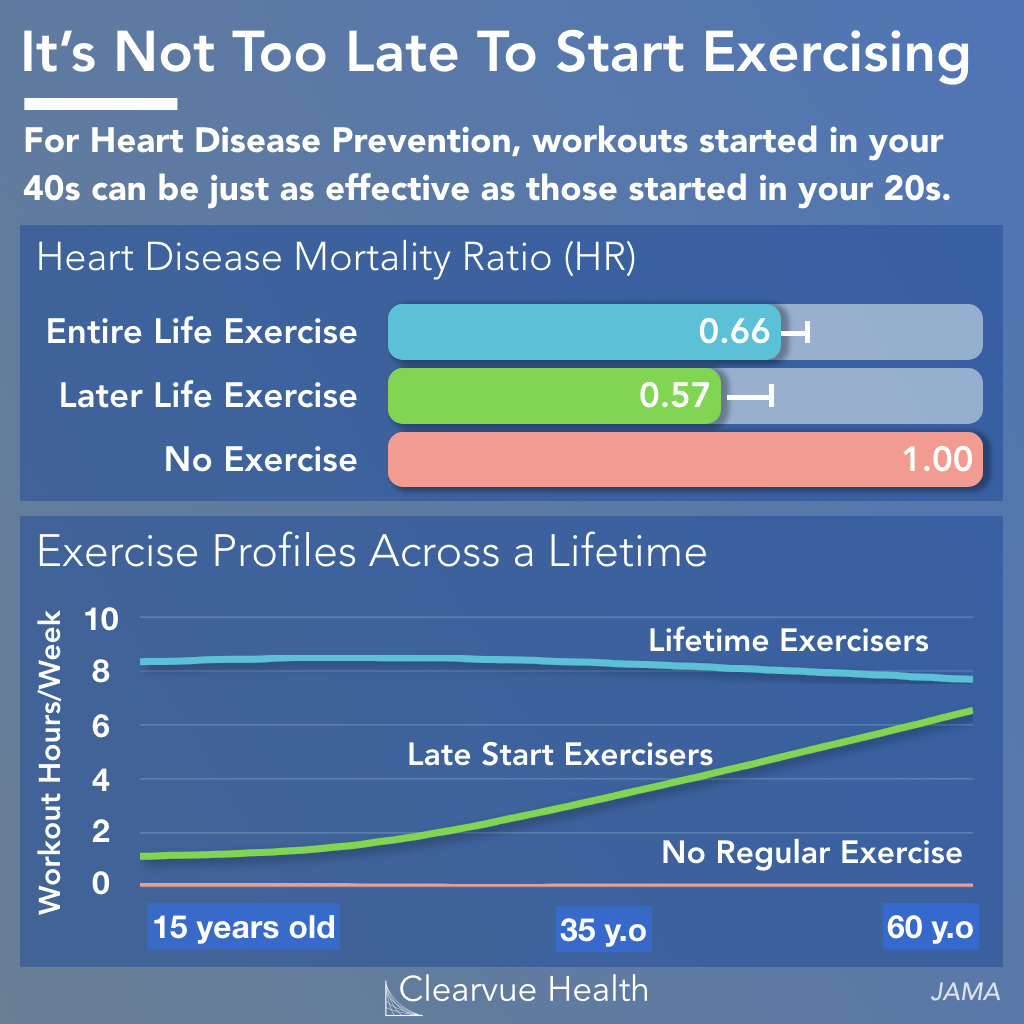
One great way of increasing strength and balance in old age is exercise. It's also pretty good for your heart.
A new study shows that starting a new workout routine in your 40s is nearly as good for your heart as working out for your whole life. Working out in your 20s then stopping does not appear to benefit your heart very much. These same patterns appear for cancer mortality as well. Read more here




